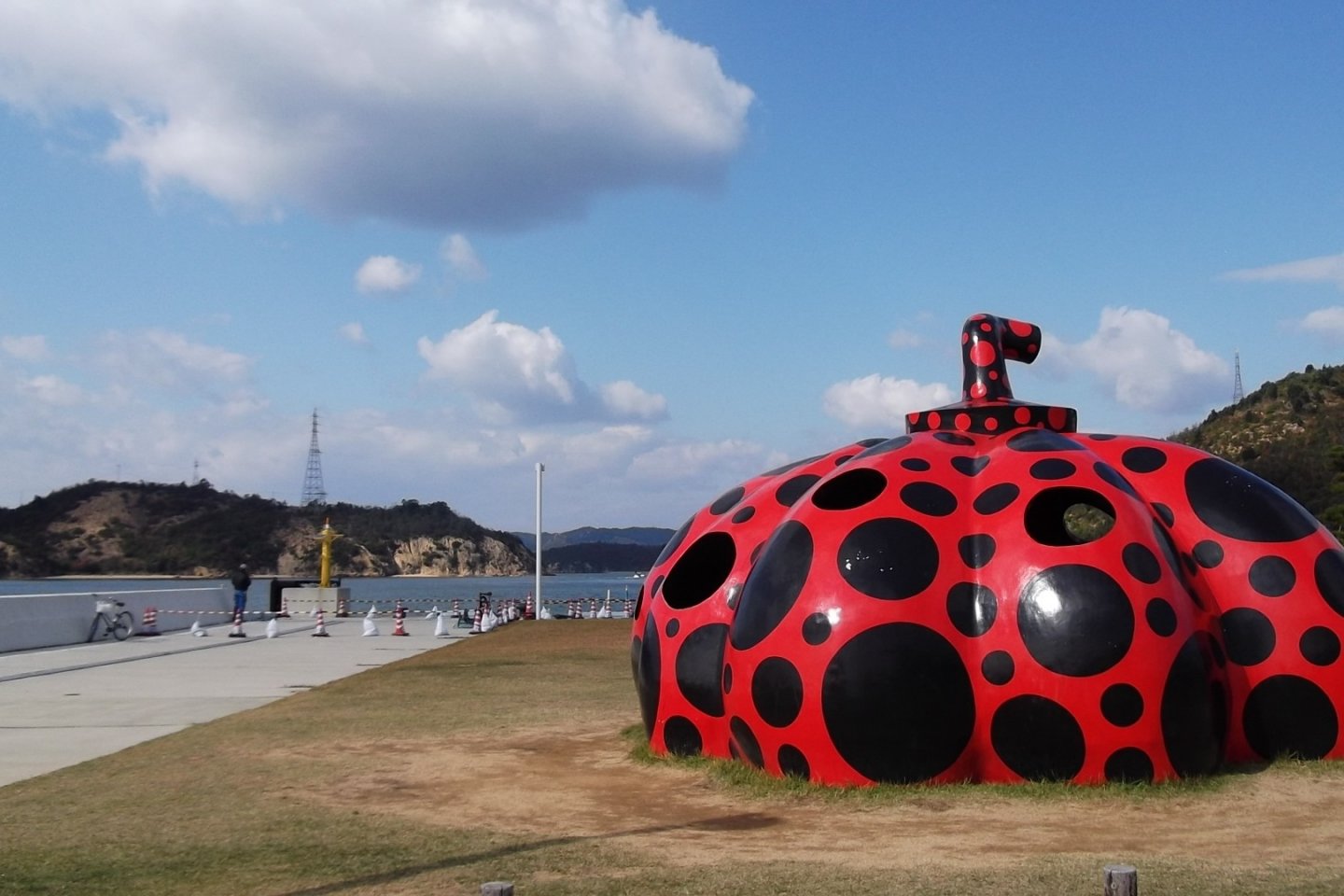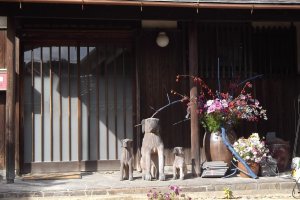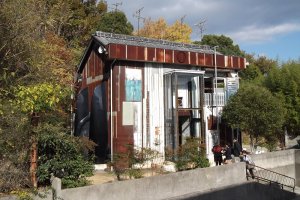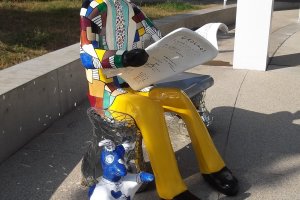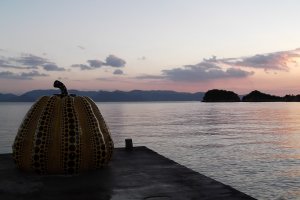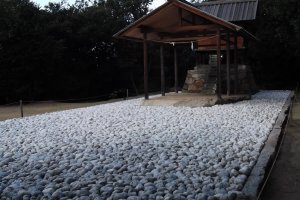If you're a fan of modern art, then Naoshima is an absolute must. A small island in the Seto Inland Sea, it's home to a number of outstanding museums, many designed to harmonize with the attractive scenery. While it's possible to visit as a day-trip, it's much better to stay for a night or two, to take in the sights at a measured pace, and to enjoy the peaceful, unhurried atmosphere.
What to see
The centrepiece of the museum area on the south coast is Benesse House: designed by award-winning architect Ando Tadao, it incorporates a hotel, shop, spa and restaurant, alongside a museum with spacious galleries housing art by Andy Warhol, David Hockney, Jean Michel Basquiat, Jasper Johns and many more. Nearby is the Chichu Museum, also designed by Ando, where you can see five paintings by Claude Monet and site-specific installations by James Turrell and Walter di Maria.
Between them is the Lee Ufan Museum, dedicated to the minimal but memorable work of Korean artist Lee Ufan; while if you want to learn more about Ando, there's a museum about his life and work, as well as the history of Naoshima, in a hundred-year-old building with a redesigned interior - you can guess who did the redesigning.
An interesting ongoing project in and around Honmura on the east coast is the Art House Project, which sees empty residential houses restored and transformed into walk-in artworks; there are seven completed so far, ranging from a completely dark, silent enclosed space, to a shrine renovated to incorporate an underground chamber and glass staircase.
In the main port of Miyanoura on the west coast, there are a couple of smaller places to visit: Gallery 6 is a small art gallery in a converted pachinko parlour, and the 007 Museum is what it sounds like, a fun little room packed with James Bond memorabilia, complete with a tongue-in-cheek short film about a 'JB' visiting Naoshima.
Finally, while you're exploring the island, you'll see plenty of free outdoor art, and it's worth stopping to take in some of the views of the sea; then if you want to relax after a day looking around, there's an art-themed public bath in Miyanoura where you can have a soothing soak of your aching bones.
Where to stay
High rollers can splash out on the Benesse House Hotel; every room is adorned with art, some with walls painted by artists, and all of them have views of the sea. For those on more modest budgets, Miyanoura is home to backpackers' hostel Domi-Kowloon and charming old guesthouse Yado 7. And to experience a very different kind of stay, Tsutsujiso Lodge in the museum area gives you a choice of a Japanese cottage, a camper van, or Mongolian yurts.
How to get around
Despite its wealth of sights, Naoshima is very small, so it's perfectly possible to walk everywhere. However, that can be both tiring and time-consuming, so you can use the little buses that pootle across the island every hour or so from Miyanoura to Tsutsujiso; there's a free shuttle bus onwards from Tsutsujiso to the museum area. If you want to go at your own pace, you can rent bicycles or scooters from Little Plum (which also does a tasty curry) or a number of other places.
How to get there
There's no airport or helipad, so unless you're a very hardy swimmer, you'll be taking one of the regular ferries, either from Uno on the mainland, or from Takamatsu on Shikoku. Ferries also connect Naoshima with nearby Teshima, Shodoshima and Megijima, all these islands being venues for the Setouchi Art Triennale, an extensive celebration of art held once every three years.
